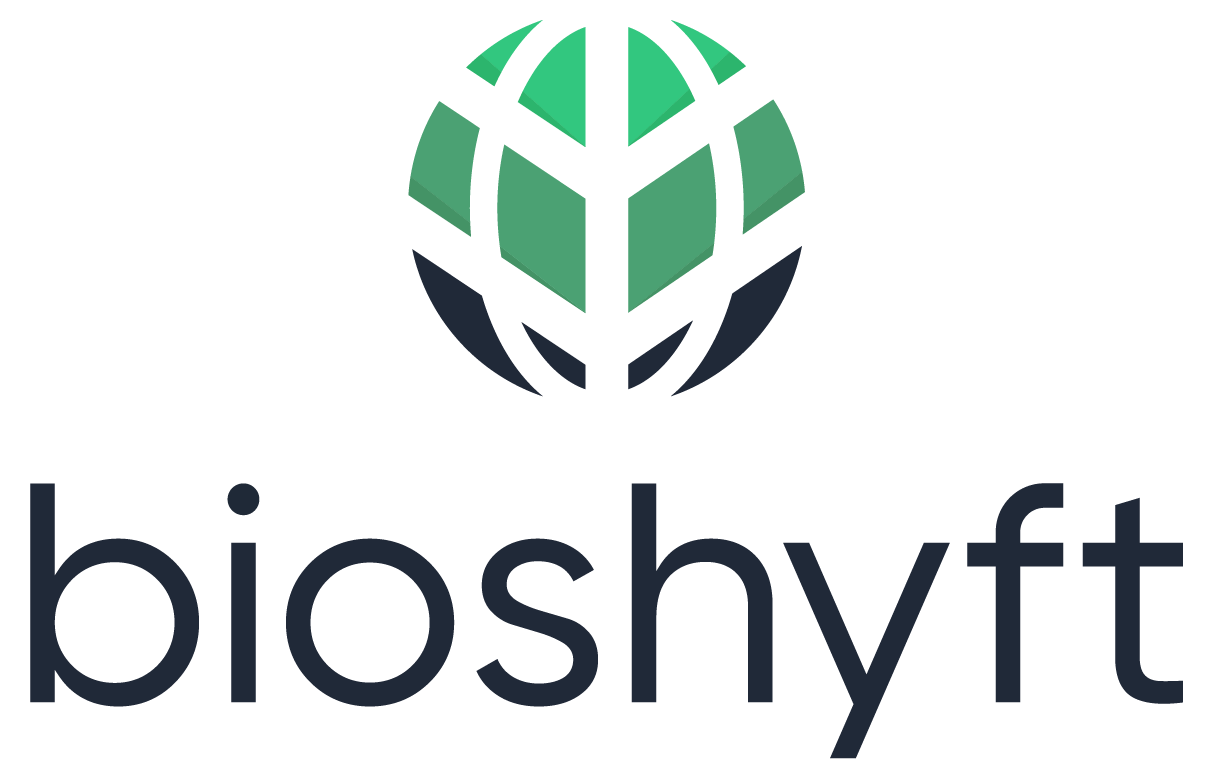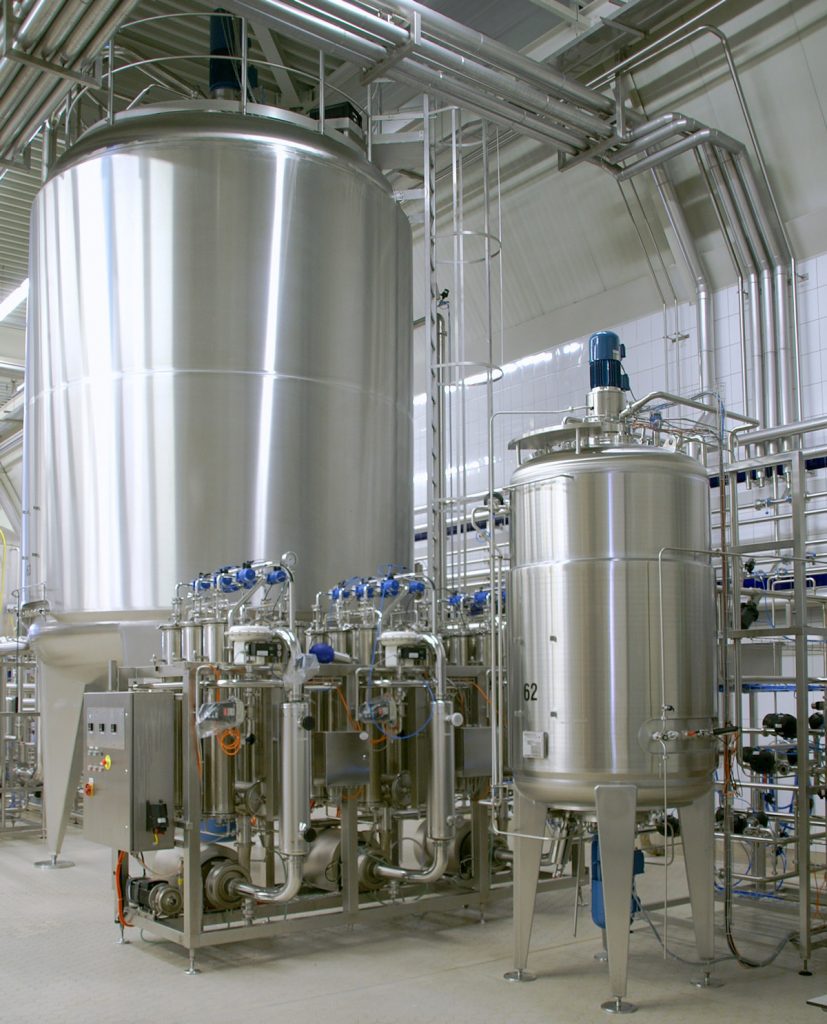Fermentation 2.0 as a Transformative Force in the Bioeconomy
Unveil the world of fermentation, a silent force driving the bioeconomy’s sustainable revolution. This article dives into the essence of fermentation, unlocking its potential to reshape industries, fuel innovation, and steer us towards a greener future. From biological fuels to biological pharmaceuticals, its importance is not questionable, as it shapes a world where biological processes are harnessed for economic and environmental prosperity. Introduction The global push towards sustainable practices has given rise to the concept of bioeconomy. This emerging field aims to utilize biological resources and processes to create products that are renewable, biodegradable, and environmentally friendly. One such process that has gained significant attention is fermentation. Fermentation is a natural metabolic process in which microorganisms, such as bacteria, yeast, or fungi, convert organic substances into simpler compounds, often producing valuable by-products in the process. This age-old technique has been used for centuries in the production of food and beverages such as bread, cheese, wine, and beer. However, its potential extends far beyond the culinary world. Relevance of Fermentation Fermentation transcends its historical roots, driving a bioeconomic revolution. This technology has a tremendous effect on the reduction of emissions. As an example, projections suggest that precision fermentation-induced changes in the food industry could lead to a direct reduction of 11% in emissions from animal agriculture by 2035. Additionally, it is expected that there could be a reduction of another 20% in global emissions by 2035 due to the reforestation of land that is no longer needed for animal agriculture. Fermentation doesn’t just benefit the environment; it also carries economic advantages. According to RethinkX, the expense of contemporary foods and other products produced through precision fermentation will be markedly reduced, ranging from at least 50% to potentially 80%, compared to the animal products they replace. This reduction will result in significantly lower prices and higher disposable incomes. The importance of this concept is evident in its immense market impact. The global fermentation market is expected to reach over $116 billion by 2030, demonstrating its significant role in industries’ transformative evolution towards sustainable alternatives. Benefits of Fermentation Source: Lima food Risks Associated with Fermentation While fermentation offers several benefits, it still has a few challenges to overcome. The main challenge involves the lack of scalability. For instance, according to European Bioplastics e.V., biological based plastics accounted for only 1% of global 335 million tons of plastic production in 2018. Furthermore, less than 15% of Europe’s renewable energy comes from bio-based materials. Other challenges include contamination risks and downstream processing complexities. Stringent quality controls, advanced bioreactor technologies, and process improvement are pivotal in mitigating these concerns. Collaboration between universities, the industry, and regulatory bodies is also crucial for sustained progress. Main Startups in the Field Numerous players drive the fermentation innovation. One such player is Novonutrients, whose platform transforms emissions, along with hydrogen and oxygen, into complete, safe, natural single-cell protein ingredients for food and feed. Global Bioenergies is another company in the fermentation space. They use the power of this technology to transform bio feedstocks into plastic, rubber, and fuel. Similarly, Solugen applies industrial biotechnology to produce novel chemicals. Research institutions and startups also contribute to expanding its landscape, fostering creativity and competition. Explore all Key Player: Example Case Study Cargill, a producer of lactic acid, faced challenges due to rising raw material costs and the need for more environmental friendly production methods. Traditionally, lactic acid production used a bacterial biocatalyst, which required costly additives like lime and sulfuric acid during fermentation and produced gypsum waste. To improve efficiency and reduce environmental impact, Cargill developed a novel biocatalyst – a low pH tolerant yeast. This innovation resulted in a process that used fewer raw materials and produced significantly less gypsum waste. This new biocatalyst improved the market position of Cargill’s lactic acid production while also making it more sustainable. Conclusion As we move towards a more sustainable future, the potential of fermentation in the bioeconomy cannot be questioned. From enhancing the taste and nutritional value of our food to providing greener alternatives to energy and chemicals, this technology offers a versatile and environmentally friendly solution. Embracing this age-old technique has the power to drive innovation, promote environmental friendly technologies, and pave the way for a bioeconomy that benefits both society and the planet. Explore related topics Sources:
Fermentation 2.0 as a Transformative Force in the Bioeconomy Read More »


